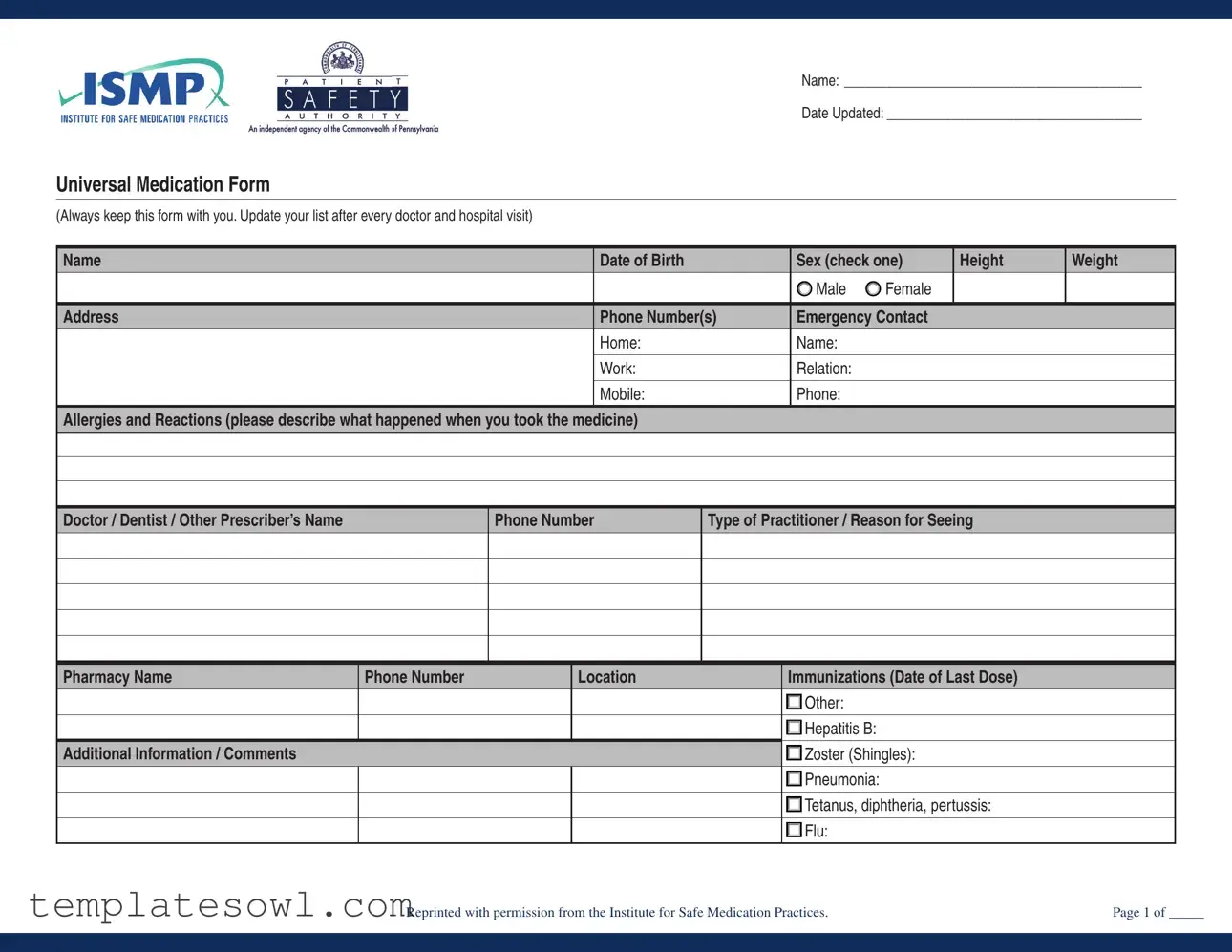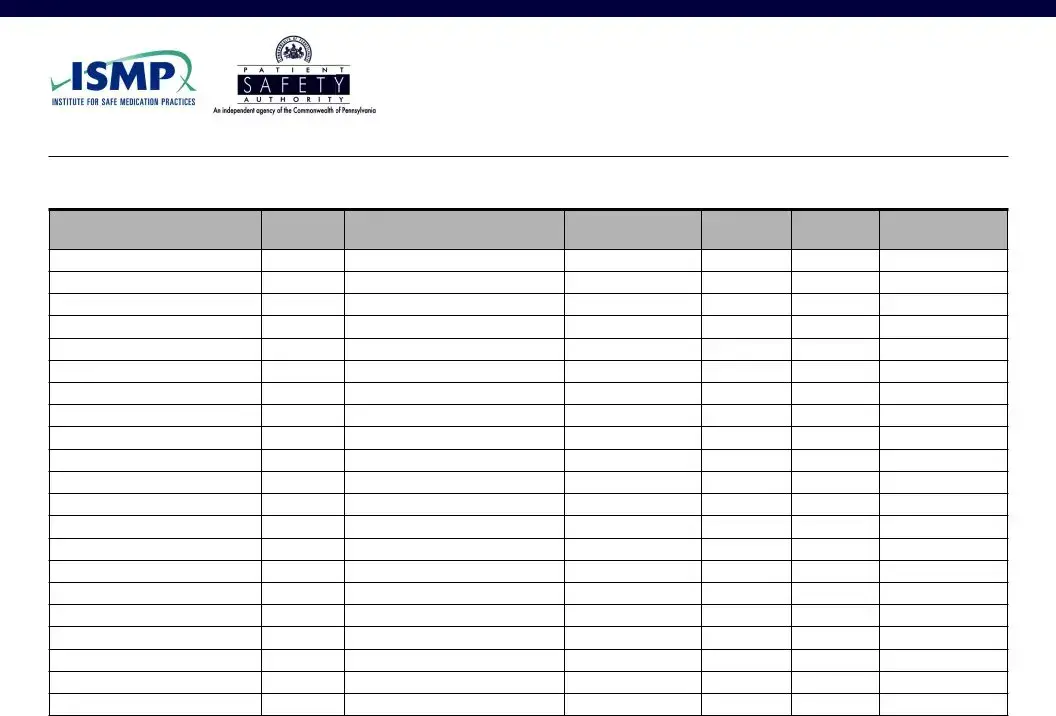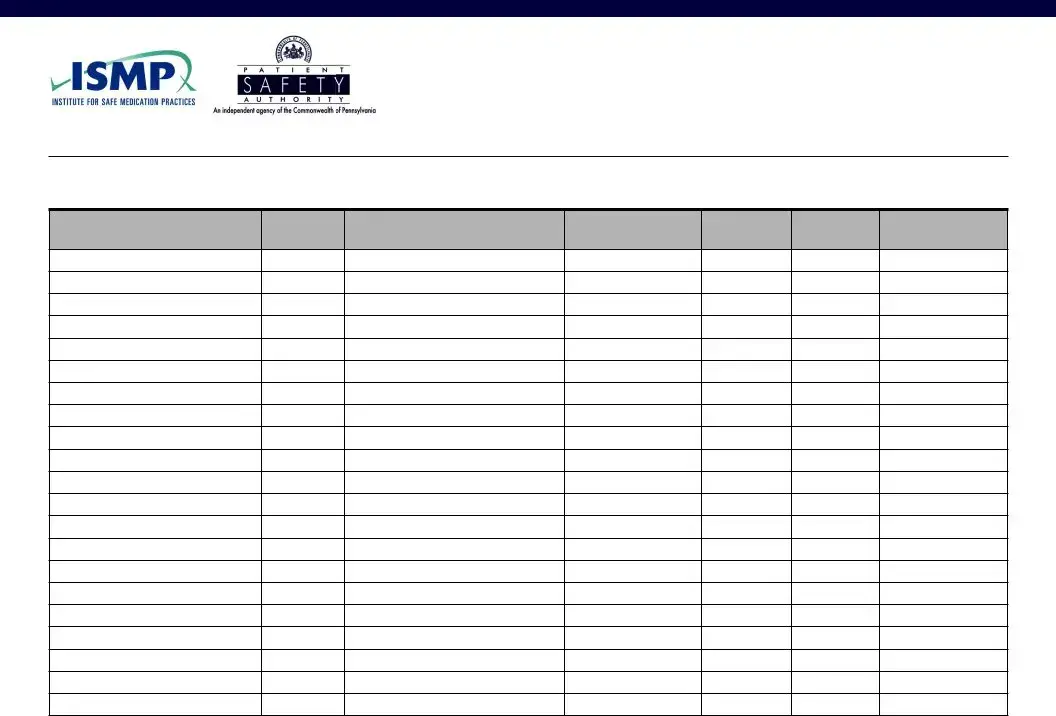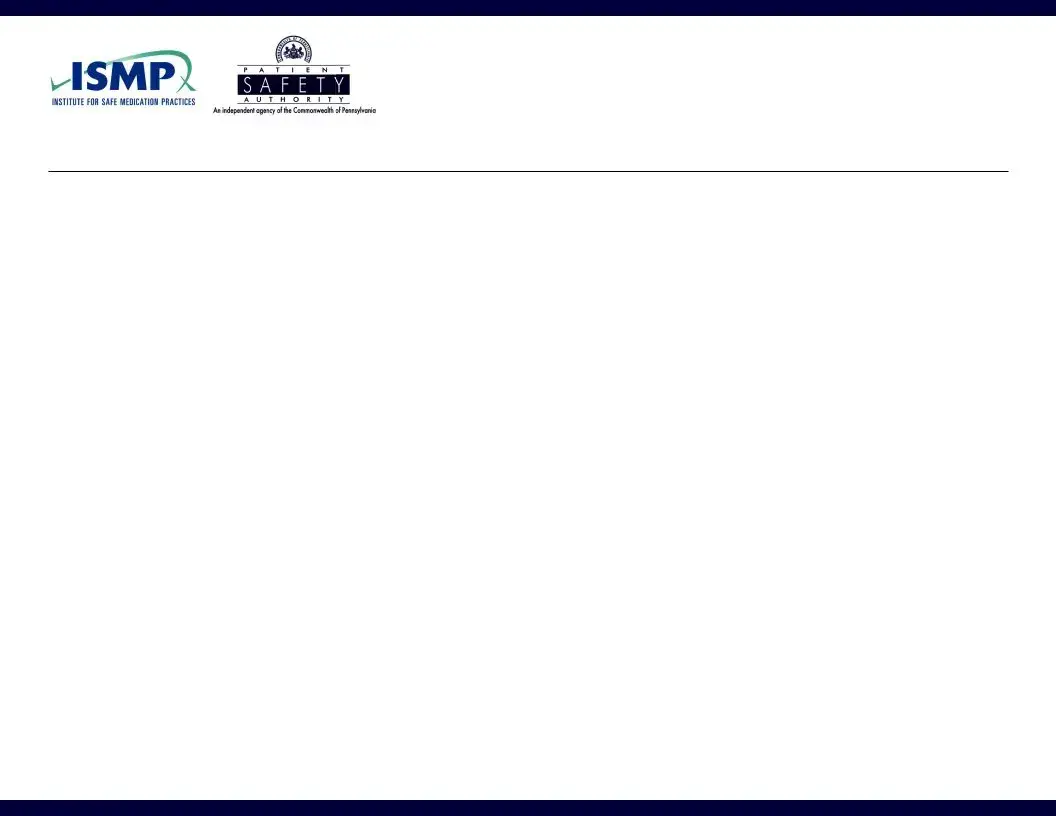What is the purpose of the Medication Form?
The Medication Form serves as a comprehensive record of all medications you take, including prescription, over-the-counter, herbal, and dietary supplements. Keeping this form updated ensures that healthcare providers have all necessary information to make informed decisions about your treatment, especially in emergencies or hospital visits.
How should I store the Medication Form?
You should always keep the Medication Form with you, ideally in your wallet or purse. It’s also a good idea to give a copy to your emergency contact, family members, or friends. This way, they can provide important information in case you are unable to do so yourself.
When should I update the Medication Form?
Update your Medication Form after every doctor or hospital visit. Any time there is a change in medication—whether a new one is prescribed, an old one is discontinued, or the dosage is altered—make sure to reflect these changes immediately on the form. Keeping it current is vital for your health and safety.
What information should I include about my medications?
List each medication with its brand and generic name, the dosage you take, how and how often you take it, the reason for your use, and the dates you started and stopped taking it if applicable. This comprehensive information is crucial for healthcare providers who may need to adjust your treatment plan.
How do I document my allergies and reactions?
On the Medication Form, you should include any allergies you have experienced as a result of medications. Describe the reactions in detail, mentioning what happened and how severe the reaction was. You may also want to note allergies to dyes, foods, or insects, as this information is critical for ensuring your safety during medical treatments.
What should I do if my list of medications exceeds one page?
If you need additional pages for your medication list, simply make a note on the first page indicating that more pages are attached. Be sure to write your name on each subsequent page to keep everything organized and easily accessible for healthcare providers.
Why is it important to review my Medication Form with my pharmacist once a year?
Annual reviews of your Medication Form with your community pharmacist can help ensure that all the information is up to date and accurate. Pharmacists can assess possible interactions, side effects, or necessary changes based on your health status, thereby enhancing your overall medication safety and effectiveness.




